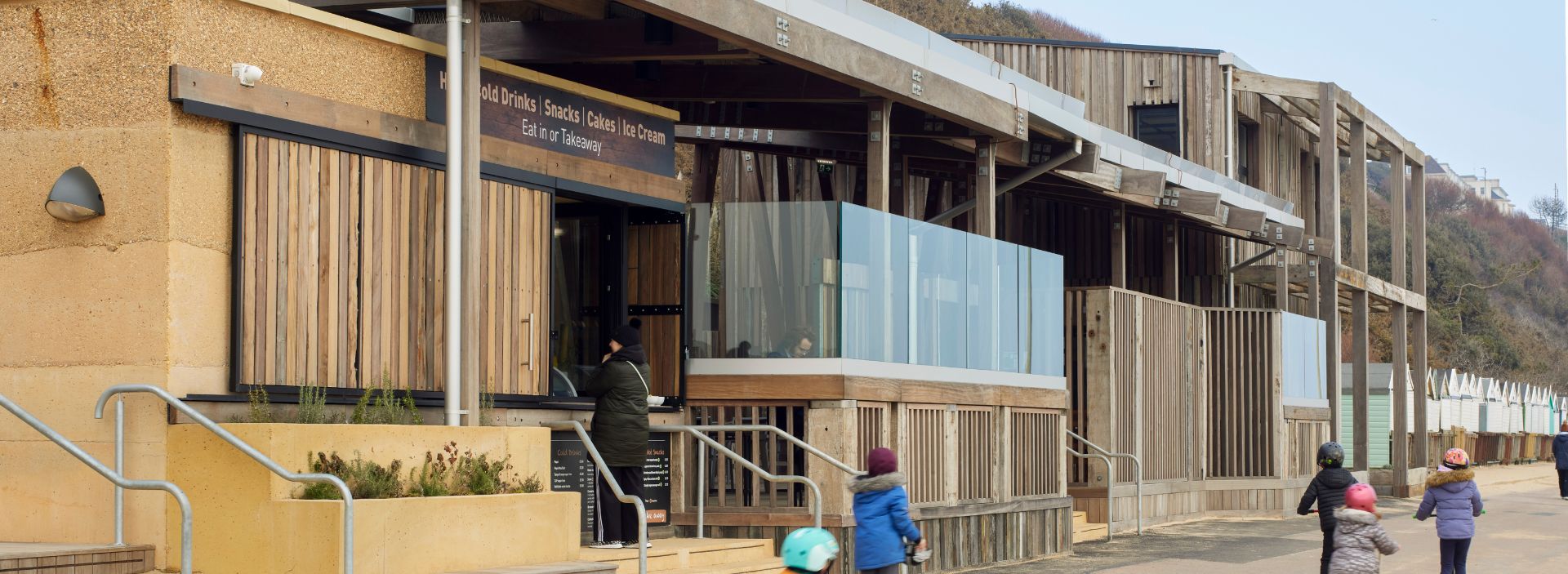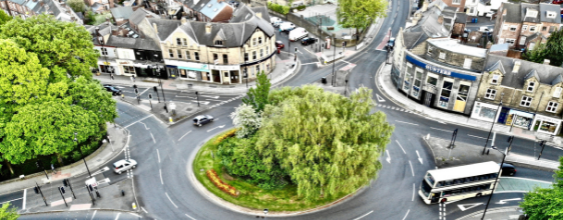We selected a highly insulated timber-framed design for the education building, and manufactured it offsite to ensure quality and reduce the onsite programme. This was a key design decision that enabled the building to meet Passivhaus standards, reducing its overall energy demands.
Following a net-zero-carbon strategy for regulated energy consumption (space heating and cooling, domestic hot water, ventilation, fans and pumps, and lighting), we enhanced performance as much as possible. This included using demand-controlled ventilation and low-energy lighting and controls. Air-source heat pumps provide the small amount of space heating required, and we built in flexibility for the future by providing for comfort cooling to be installed on the first floor. Solar PV on the building’s roof offsets the remaining CO2 emissions by generating an estimated 18,630kWh per year.
Collaboration made innovation possible
By working together seamlessly with Seascape, BCP Council’s in-house contractor, and Suttles, the piling contractor, WSP has reduced the embodied and operational carbon in the building. The collaborative set-up of the project enabled us all to achieve a high level of innovation. A more traditional contractual arrangement could have led to some of the project’s low-carbon innovations being dropped, because they were challenging to achieve – but because WSP and Footprint shared BCP Council’s aspirations, we all pulled together to do things that no-one had done before.



